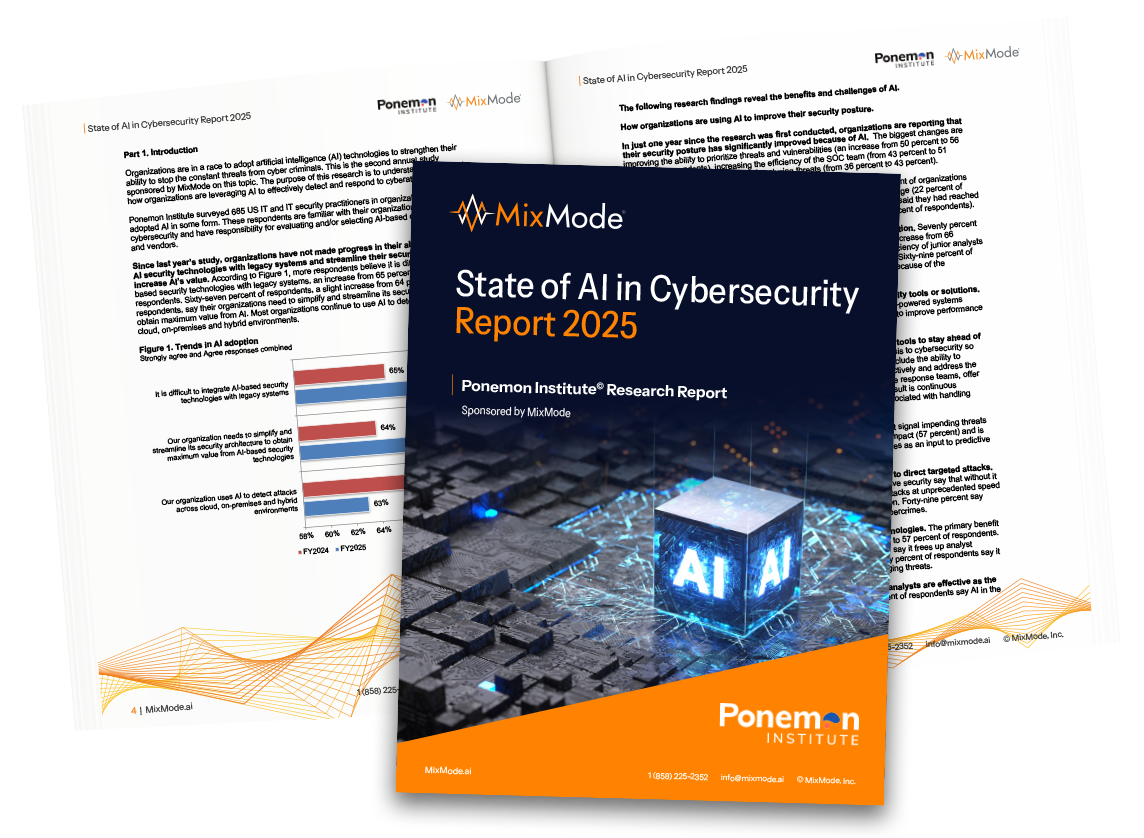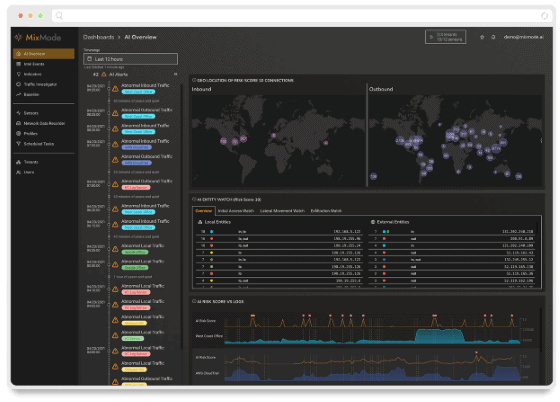Download the Report Today
The convergence of artificial intelligence (AI) and cybersecurity in 2025 has brought both unprecedented opportunity and rising complexity. As AI tools gain traction for improving threat detection, streamlining SOC operations, and enabling pre-emptive defense strategies, adversaries are simultaneously weaponizing AI to conduct faster, more targeted attacks—often undetectable by traditional systems. The widespread adoption of generative AI, including large language models like ChatGPT, has further blurred the line between legitimate and malicious digital behavior, escalating the urgency for explainability and risk governance.
This report provides a comprehensive view into how enterprises are applying AI to enhance cyber resilience—prioritizing threats, improving analyst efficiency, and accelerating response times—while confronting persistent challenges around integration, legacy infrastructure, talent gaps, and data privacy. The 2025 study reveals a cybersecurity landscape being reshaped in real time by both AI-driven innovation and AI-driven threats.


